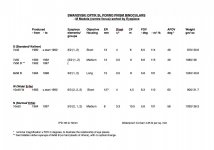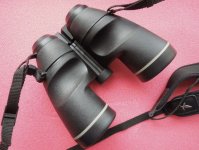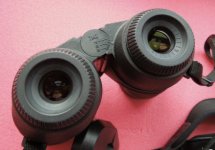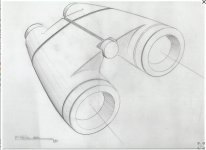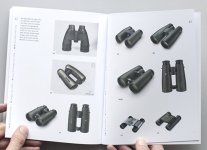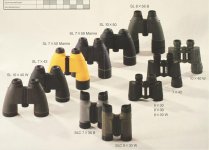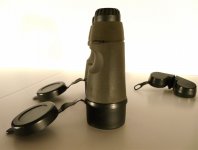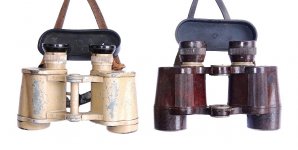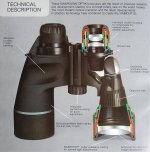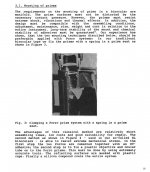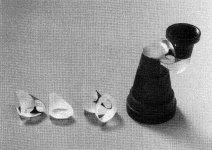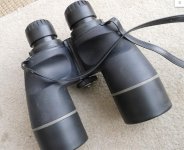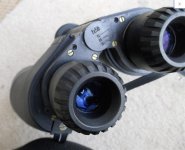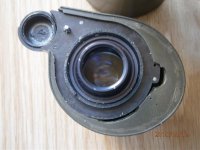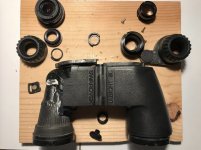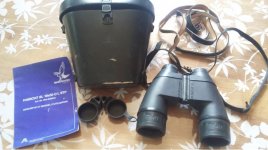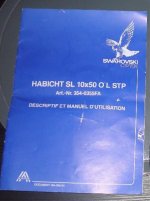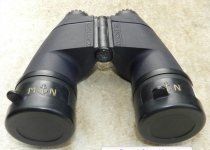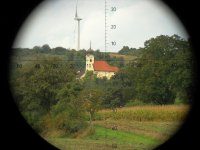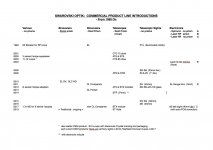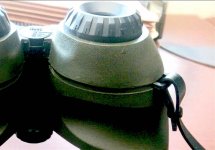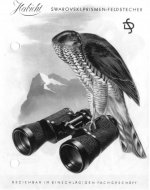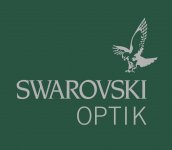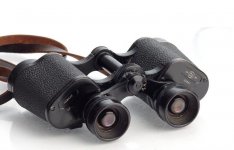Hello All,
I’m late to the party as I’ve been occupied with other things for most of the week. However, after getting my notes and thoughts sorted . . .
From Swarovski Optik’s start in 1949 until the SL’s introduction, all their binocular production was metal bodied, traditionally styled Porro prism models
The binoculars were and are still referred to, by what was then SO’s generally used brand name of Habicht, which is German for the Northern Goshawk
SL Choices and Specification
The SL Porro prism binoculars were made from 1980 to early 1998. They were offered in various configurations, which were in order of introduction: 7x42, 10x40, 7x50, 10x50 and 8x56
(see the table of basic data compiled from various Swarovski sources, along with 4 images of a 7x42 unit recently listed by 20abrakadabra12 on eBay)
On Introduction
At the time of its introduction, the SL was notable for several reasons:
- the distinctive lines and deep thumb grooves made it look like ‘something from the future’
- the lightly textured external finish added to the ultra-modern appearance
- it was both centre focus and air-tight, which was rare
- it made extensive use of synthetic materials for structural components, and
- it incorporated both a novel form of prism assembly and body construction
However despite the appearance:
- it was still an external focus design (as the eyepieces were focused they moved in and out of the rear body coverings)
- the optics were also conventional (they used the prisms, lenses and optical patterns of the existing Habicht line - though unusually with the prism pairs cemented together)
- consequently, the various models had the limited eye relief common to the Habicht series, and all but the 10x40 had a narrow field of view (see the table)
- the models also had the restricted minimum focus distances typical to binoculars of the era (again see the table), and
- the focuser which was located on the front of the axle, had a perceptible cogged feel to its operation
Historical Context
By 1980, both Leitz and Zeiss marketed roof prism binoculars (solely in the case of Leitz, while Zeiss continued to offer Porros but only in x50 and x60 sizes)
In 1980 the state of play was:
- Leitz offered the v2 Trinovid series. Introduced in 1963, it was progressively offered in 6x24, 8x32, 10x40, 7x35 B, 7x42 B, 8x40 B, 8x32 B and 10x40 B
(with the last introduced in 1974, and with rubber armoured versions starting from 1979)
- Zeiss offered the Dialyt 8x30 B and 10x40 B models, introduced in 1964 and 1968 respectively (and available in leatherette or RA),
along with the old Hensoldt style 7x42 B and 8x56 B models, and
- Zeiss had introduced multi-coating in 1978, which had been quickly adopted by many other manufacturers including Swarovski
And following on from then:
- in 1985 Swarovski introduced it’s first roof prism model the 8x30 SLC
- in 1988 Zeiss introduced phase coating, which eliminated the slight image softness inherent in roof prism optics (and the coating was also quickly adopted by other manufacturers)
- in 1990 Leica introduced the Ultra/ Trinovid BA series (which many would consider the first modern full sized roof prism binocular)
- in 1992 Swarosvki introduced the x42 SLC models (with the x50’s not until 1997, and the x56’s in 1998 and 1999)
- in 1994 Zeiss introduced the Design Selection/ Night Owl series
- in 1998 Zeiss introduced dielectric prism coating, for the non-Total Internal Reflection surface found on most roof prism pairs
(and again the coating was quickly adopted by other manufacturers, and is known as Swarobright when used by Swarovski)
And then in 1999, Swarovski introduced the unique open bridge design EL series
For images of some of the above models see here, especially posts #5 and #13:
https://www.birdforum.net/showthread.php?t=377255





